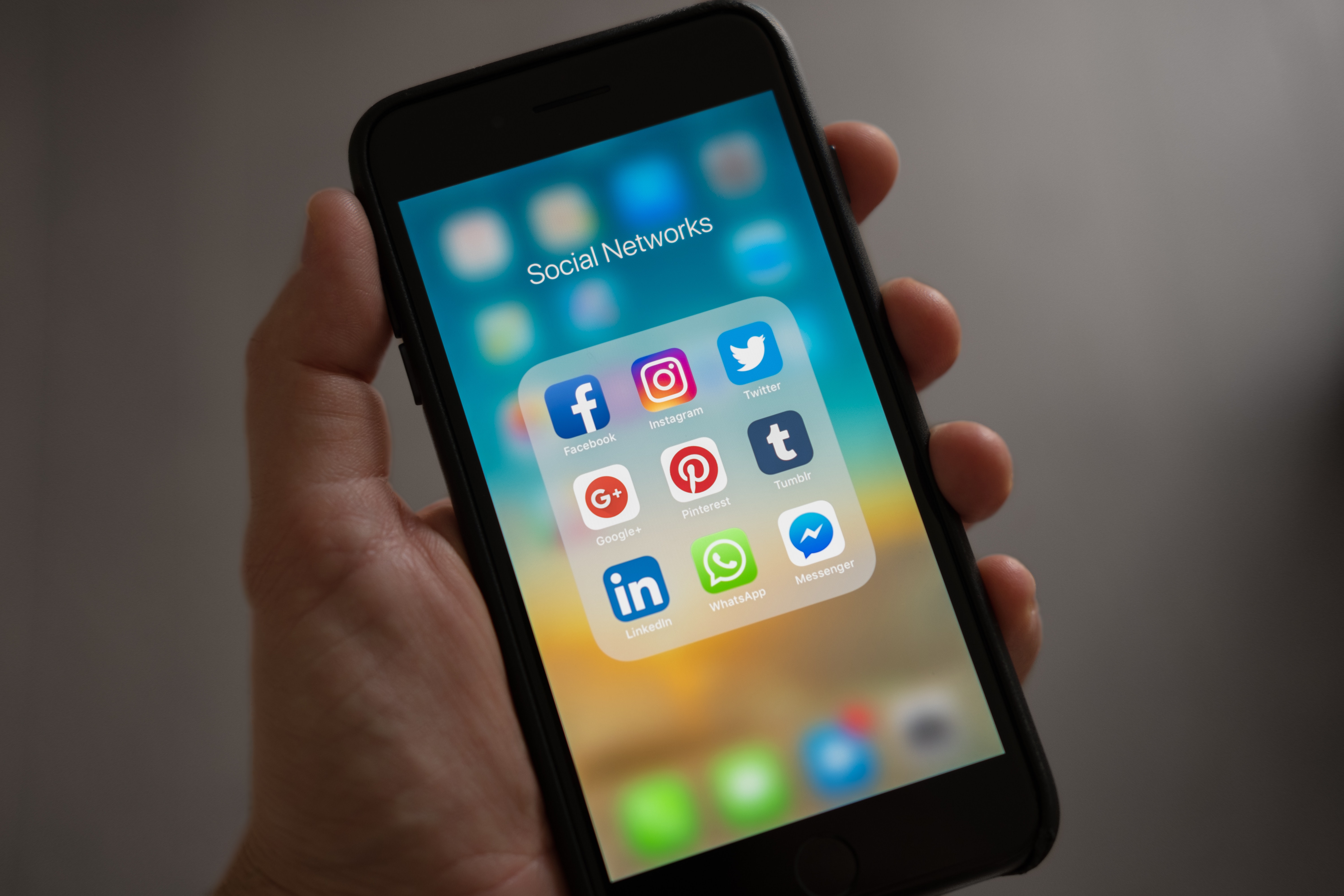How Social Media is Changing the Way We Communicate
Dunya Team
July 12, 2023
Introduction
Social media has revolutionized the way we communicate, transforming the dynamics of interpersonal interactions and reshaping the concept of community. With its widespread adoption and constant evolution, social media platforms have become integral parts of our daily lives. In this article, we will explore the ways in which social media is changing the way we communicate and the implications of this digital transformation.Expansion of Social Networks
Social media has expanded the concept of social networks, allowing us to connect with a diverse range of individuals. It facilitates the formation of new relationships, both personal and professional, by breaking down traditional boundaries. We can interact with like-minded individuals, join communities based on shared interests, and engage with people who we may not have had the opportunity to meet offline.Social media has become a primary source of news and information for many individuals. During breaking news events, platforms like Twitter serve as real-time information hubs, where users share updates, eyewitness accounts, and reactions. This immediate access to news empowers individuals to be informed and participate in conversations around current events.
Evolving Communication Styles and Language
Social media has given rise to new communication styles and trends. The use of emojis, memes, hashtags, and abbreviations has become a common language on social media platforms. These linguistic innovations enable concise expression, facilitate emotional expression, and foster a sense of community through shared cultural references. Social media has also influenced language evolution beyond the digital realm, with phrases and terms originating from online spaces making their way into everyday conversations.Popular Posts
COMPUTER
3/COMPUTER/post-list
Random Posts
3/random/post-list
Recent in SPORTS
3/SPORTS/post-list
Popular Posts
Menu Footer Widget
Copyright ©
Hotstar All Right Reserved | Distributed By Junaid Chaudhary










.jpg)

0 Comments